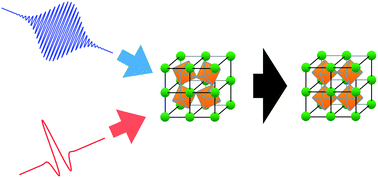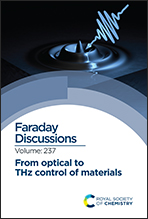Spiers Memorial Lecture: From optical to THz control of materials
Abstract
Advances over the past decade have presented new avenues to achieve control over material properties using intense pulses of electromagnetic radiation, with frequencies ranging from optical (approximately 1 PHz, or 1015 Hz) down to below 1 THz (1012 Hz). Some of these new developments have arisen from new experimental methods to drive and observe transient material properties, while others have emerged from new computational techniques that have made nonequilibrium dynamics more tractable to our understanding. One common issue with most attempts to realize control using electromagnetic pulses is the dissipation of energy, which in many cases poses a limit due to uncontrolled heating and has led to strong interest in using lower frequency and/or highly specific excitations to minimize this effect. Emergent developments in experimental tools using shaped X-ray pulses may in the future offer new possibilities for material control, provided that the issue of heat dissipation can be resolved for higher frequency light.

- This article is part of the themed collections: The Spiers Memorial Lectures and From optical to THz control of materials


 Please wait while we load your content...
Please wait while we load your content...